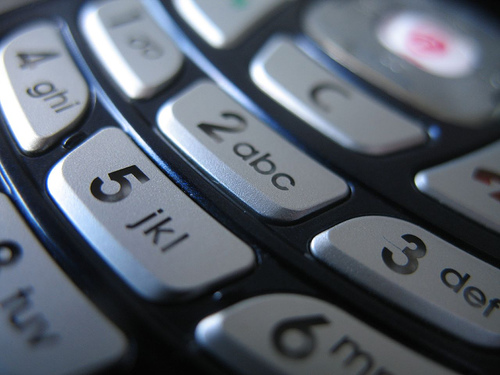By Karen Aney (The Cascade) – Email
Print Edition: November 2, 2011
Mobile phones, while undeniably useful, spark a lot of controversial debate. Recently, the health risks of using cell phones have been under scrutiny, especially regarding their radiation. Health organizations seem unable to conclusively decide if they pose a risk to our health or not, but recent studies indicate that there may be dangers lurking in our purses and pockets.
The first such study was published in an article in the Electromagnetic Biology and Medicine Journal. The paper is aptly titled “Exposure Limits: The underestimation of absorbed mobile phone radiation, especially in children.” The authors of this article say that the current models for measuring cell phone usage are inadequate, and hypothesize that in some cases (namely, children under the age of 18), users could be subjected to radiation levels that are nearly twice what has been declared safe.
The flaw of the current model, they say, is the subject used to test radiation levels. Studies currently use what is called a SAM: Specific Anthropomorphic Mannequin. The problem with using this model is that the mannequin represents a male who stands at 6-foot-2 and weighs approximately 220 pounds. This is insufficient in a few ways – aside from the obvious size difference. The main reason this falls flat is that women and children have higher levels of bone marrow, which allows for higher levels of radiation absorption. Further, children have thinner skulls than adults – hence the estimated twice-as-high levels of radiation they could be receiving.
The article suggests that in order to truly measure the levels of radiation absorption caused by mobile phones, a study with a large sample group using “MRI-based computer simulation.” While no organizations have stepped forward to fund or conduct this study, the World Health Organization has recently upgraded its classification of mobile phone radiation to being possibly carcinogenic, or cancer causing. Translation? There are some serious concerns regarding the long-term impact of cell phone use.
Another study that has caused some concern is one conducted by the Institute of Cancer Epidemiology in Copenhagen. In this study, researchers utilized the registry system which Denmark keeps of each citizen. They used this to track the health of almost the entire Danish population from the time mobile phones were introduced until the publication date of the study. Their findings say that there is absolutely no correlation between cell phone usage and brain cancer (or malignant tumours), but there are a few problems with their conclusion.
Perhaps the biggest flaw is one that was pointed out by the report itself. The problem is that the health of citizens was correlated with personal cell phone subscriptions with the user’s name on the bill. The study does not account for what they refer to as “corporate subscriptions”: this means that any use of company mobile phones was not accounted for. There are further issues with the study – mainly, critics claim the study was not conducted over a long enough period of time.
According to their website, Health Canada controls the levels of radiation that cell phones may emit by allowing levels that are 50 times lower than what is deemed medically safe. Again, the concept of “medically safe” is determined by the levels measured on the SAM (the over-sized mannequin); in other words, despite the low levels allowed, some Canadians may still be in danger. If you’d like to reduce your risk of health problems, they suggest “limiting the length of cell phone calls”, “using ‘hands-free’ devices”, and “replacing cell phone calls with text messages”. So, if we’ve learned one thing, we know that unlimited texting is a totally justified expense.


